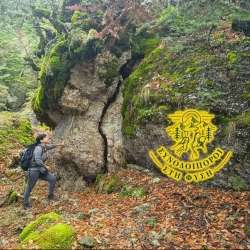TODAY

KARAGIOZIS AND THE CHRISTMAS CAROLS
PERFORMANCES














The products which spring from the Messinian land are famous all over the world for their unsurpassed quality. In the same place,made of passion and tradition, they thrive for 5000 years.
An effort to record the authentic Messinia and the past which still is kept alive in despite of the modern way of life that plunges all into oblivion. This is why we undertake for free the recording, processing and digitization of all that should not be forgotten. Send us yours,in order to keep this dream alive.
Because, this is what we do owe to this Region.